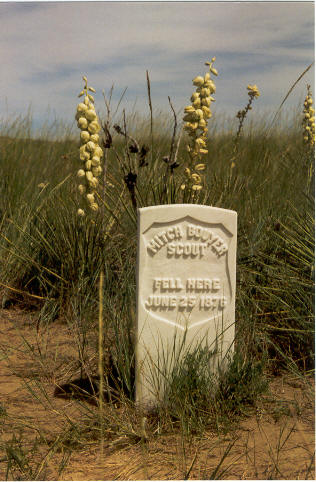So I've been scouring the forums to an answer for this. I'm sure I'm way over thinking things, or then I again, maybe I'm just really thick.... both highly plausible, so here it goes.
In my fairly common effort to better understand how to read and DOPE the wind, mirage is a subject often brought up. All the threads seem to answer the question or "where", or "how" by discussing objects to focus on, at what point along the trajectory one should focus on and so on and so on. There's one thing that eludes me and this question seems barely answered beyond go get some experience and take good notes. So I'll try to rephrase the question.
How does the circular diagram with a bunch of squiggly lines shown at various angles to represent wind speed translate into what I'm actually seeing through my spotting scope? Please, focus your replies on this one question!!! Like I said, I'm either overthinking or being really thick, because these diagrams apparently make sense to everyone but me when it comes to what I'm actually looking for in the field.
I can't say I've ever seen a literal translation of the squiggly diagram to what I see in the field. I don't see these wavy vertical columns of disturbed are at various angle and spacing. From what I'm gathering, that's not at all what I should be looking for to analyze, but rather analyze the peaks and troughs of what for example would be a straight horizontal line (such as a target frame/berm/etc). Obviously I understand that mirage is not limited to objects with straight horizontal lines, but I understand these types of objects to be where I should focus my attention to as I learn.
As it relates to the initial question, am I correct about the peaks and troughs? Is the angle of the peaks what the angle of the squiggly lines are referencing? How should I interpret the relative height of the peaks and what information does that yield?
Any advice and tips (other than "everyones eyes are different, just go do it") to help me understand how to interpret mirage for doping wind would be greatly appreciated.
In my fairly common effort to better understand how to read and DOPE the wind, mirage is a subject often brought up. All the threads seem to answer the question or "where", or "how" by discussing objects to focus on, at what point along the trajectory one should focus on and so on and so on. There's one thing that eludes me and this question seems barely answered beyond go get some experience and take good notes. So I'll try to rephrase the question.
How does the circular diagram with a bunch of squiggly lines shown at various angles to represent wind speed translate into what I'm actually seeing through my spotting scope? Please, focus your replies on this one question!!! Like I said, I'm either overthinking or being really thick, because these diagrams apparently make sense to everyone but me when it comes to what I'm actually looking for in the field.
I can't say I've ever seen a literal translation of the squiggly diagram to what I see in the field. I don't see these wavy vertical columns of disturbed are at various angle and spacing. From what I'm gathering, that's not at all what I should be looking for to analyze, but rather analyze the peaks and troughs of what for example would be a straight horizontal line (such as a target frame/berm/etc). Obviously I understand that mirage is not limited to objects with straight horizontal lines, but I understand these types of objects to be where I should focus my attention to as I learn.
As it relates to the initial question, am I correct about the peaks and troughs? Is the angle of the peaks what the angle of the squiggly lines are referencing? How should I interpret the relative height of the peaks and what information does that yield?
Any advice and tips (other than "everyones eyes are different, just go do it") to help me understand how to interpret mirage for doping wind would be greatly appreciated.


